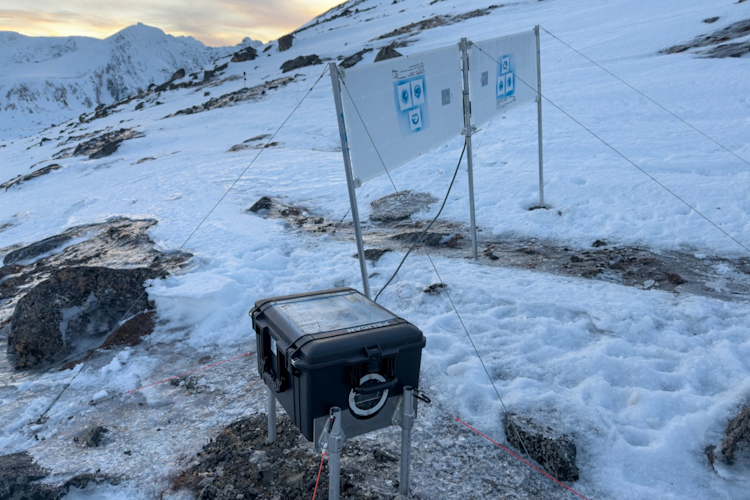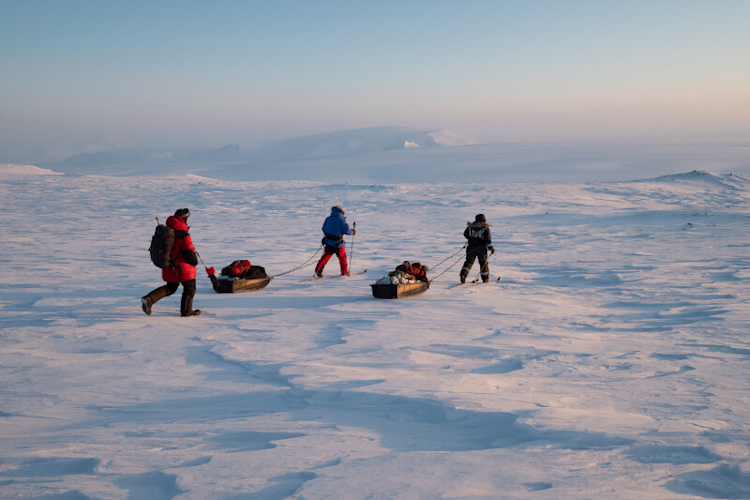After 11 days of waiting in Billibino, Chukotka, plus five days to get that far, we met our helicopter and began the four-hour flight to Wrangel Island, a remote Russian nature reserve. The island is known for its difficult access, so we were not surprised when we did not end up at our designated drop off: a small outpost for the reserve called Somnitelnaya, where several rangers and the reserve’s lead biologist awaited our arrival. Instead, fog nearly prevented a landing altogether, and just barely allowed us set down on the farthest southwestern point at Cape Blossom.
Luckily for us, there is an older cabin at Blossom, though no longer in frequent use. It would take up to two days for our designated team to reach us, pending weather. We had six weeks of food, but little water, and weren't certain of the fuel situation for heating or cooking. The helicopter crew offered us all their drinking water and a jug of fuel, just in case. Did I mention there were four adult polar bears in the immediate vicinity, with many more not far away?



















